Disclosure: This article contains affiliate links. We may earn a commission from purchases at no extra cost to you, which helps our travel content.
The moment my seaplane descended toward Luganville, I knew this wasn't going to be another predictable tropical getaway. The second-largest city in Vanuatu revealed itself as a curious juxtaposition: a sleepy South Pacific town with an unexpectedly profound historical footprint. Having spent years analyzing risk-reward scenarios in boardrooms, I found myself drawn to Luganville's own fascinating balance sheet: pristine beaches on one side and the haunting remnants of WWII naval operations on the other. As a finance executive who's traded California's corporate landscape for Sydney's harbourside buzz, I've developed a particular appreciation for destinations that offer both cultural depth and coastal charm. Luganville delivers this in spades—a perfect wicket, as my Australian cricket mates might say, for couples seeking both connection and adventure. Let me share how one week in this Vanuatu gem recalibrated my understanding of paradise.
The Financial and Historical Portfolio of Luganville
If I were to conduct a valuation of Luganville as a destination, its historical significance would feature prominently in the intangible assets column. The area served as a massive Allied base during WWII, with over 500,000 troops stationed here at its peak—a staggering figure for a place that now exudes such tranquility.
Walking through Luganville's main street today, you'd hardly guess its military past, save for the occasional quonset hut repurposed as a local business. The town operates at the unhurried pace typical of island life, but beneath this calm exterior lies a fascinating wartime legacy that shaped both its infrastructure and identity.
As a CFO accustomed to looking beyond surface metrics, I found myself particularly drawn to how Luganville has leveraged this historical capital. Rather than allowing these artifacts to depreciate into obscurity, the community has transformed them into sustainable tourism assets.
What struck me most was the duality: by day, couples can explore pristine beaches that rival any in the South Pacific; by evening, they can discuss the profound historical narratives they've encountered at local establishments like the Natangora Café, where the walls are adorned with wartime photographs and artifacts donated by locals and visitors alike.
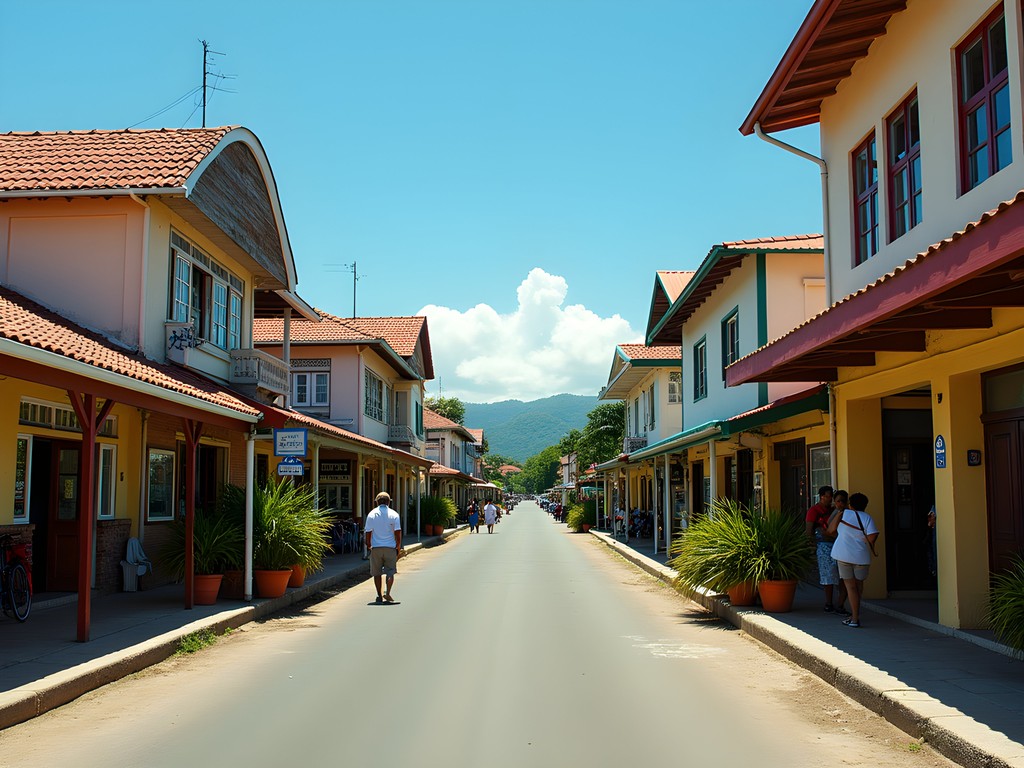
💡 Pro Tips
- Visit the Unity Park War Memorial for context before diving the wrecks
- Talk to older locals—many have family stories about the 'American Time'
- The Luganville Historical Society offers excellent walking tours every Wednesday and Friday
The SS President Coolidge: A Blue-Chip Diving Investment
Any analysis of Luganville's attractions must prominently feature the SS President Coolidge—arguably one of the most accessible luxury liner wrecks in the world, and certainly the crown jewel in Luganville's underwater portfolio.
Formerly a luxury passenger vessel hastily converted to a troop transport during WWII, the Coolidge struck a friendly mine and sank just offshore in 1942. What could have been a catastrophic loss (though thankfully, nearly all troops were evacuated) has transformed into a world-class diving destination lying just 20 meters from shore.
As someone who took up diving relatively late in life—a mid-career pivot much like my professional one—I approached the Coolidge with both excitement and trepidation. My partner and I booked with Allan Power Diving, whose guides have been navigating this underwater museum for decades. Their expertise proved invaluable as we explored the ship's massive frame, now draped in soft corals and serving as habitat for a dazzling array of marine life.
Before our dive, I invested in a underwater camera which proved to be one of the wisest purchasing decisions I've made. The camera's underwater modes captured the eerie beauty of the ship's promenade deck, the medical supply room still stocked with visible bottles, and the famous 'Lady'—a porcelain relief that has become the symbolic heart of the wreck.
What makes the Coolidge particularly suitable for couples is the range of diving experiences available. While advanced divers can explore deeper sections, there are shallower areas accessible to those with basic certification. My partner, who had only completed her Open Water certification the previous month, was able to enjoy significant portions of the wreck alongside me.
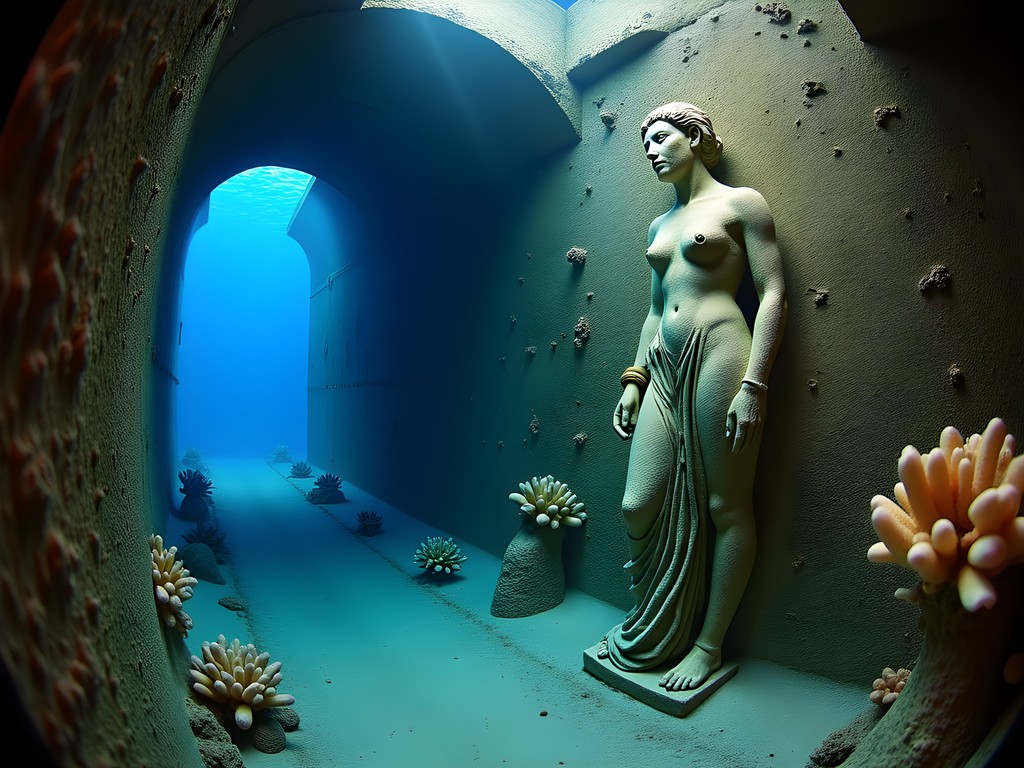
💡 Pro Tips
- Book multiple dives to fully appreciate the Coolidge—one is simply not enough
- Bring a good underwater torch to appreciate details in the ship's interior
- Consider taking a specialized wreck diving course before your trip for maximum enjoyment
Million Dollar Point: The Economics of Abandonment
As someone who's spent a career scrutinizing balance sheets and depreciation schedules, Million Dollar Point presented a case study in military logistics that left me both fascinated and perplexed. Following WWII, the departing American forces faced a dilemma: what to do with millions of dollars worth of equipment that was too costly to ship home?
The solution was as pragmatic as it was wasteful—drive it all into the sea. Bulldozers, jeeps, forklifts, and countless supplies were deliberately dumped offshore, creating what locals now call Million Dollar Point.
Snorkeling here with my full-face snorkel mask provided an unobstructed view of this underwater museum of military excess. The mask's panoramic design eliminated the need to constantly adjust equipment, allowing me to fully immerse in the surreal landscape below. Trucks and construction equipment sit in various states of decay, some still recognizable despite decades underwater, others transformed into artificial reefs teeming with marine life.
The experience prompted conversations between my partner and me about value, waste, and the strange economic calculations of wartime. We spent an afternoon at nearby Champagne Beach processing what we'd seen, discussing how the military's sunk cost had transformed into an environmental and tourism asset over time.
For couples with different comfort levels in water, Million Dollar Point offers flexibility. While I explored deeper sections with scuba gear, my partner enjoyed excellent views from the surface with her snorkel. The gradual slope from shore means you can wade in and immediately encounter historical artifacts without venturing into deep water.

💡 Pro Tips
- Visit during morning hours when water clarity is typically best
- Bring water shoes as the entry point has some coral fragments
- Pack a picnic lunch to enjoy on the adjacent beach after your exploration
Beach Assets: Champagne Beach and Lonnoc Beach
If Luganville's war relics constitute its historical portfolio, then its beaches represent its natural capital—and they pay dividends in relaxation and beauty. While the region boasts numerous stunning coastal stretches, Champagne Beach and Lonnoc Beach stand out as premium investments of your time.
Champagne Beach, about an hour's drive from Luganville town, derives its name from the phenomenon that occurs at low tide when tiny bubbles rise through the sand, creating a champagne-like effervescence. The science behind it relates to underground freshwater springs, but the effect is purely magical. The powdery white sand forms a perfect crescent against turquoise waters so clear they seem digitally enhanced.
Packing our beach shelter proved invaluable for long days at Champagne Beach. Unlike the permanent structures of resort beaches, Champagne offers minimal shade, and this portable shelter provided essential respite from the midday sun. It became our private cabana for beach picnics and afternoon reading sessions.
Lonnoc Beach, just beyond Champagne, offers a slightly different experience. Less visited by day-trippers, it provides a more intimate setting with a small beach bar serving cold Tusker beers and simple Ni-Vanuatu cuisine. The snorkeling directly off Lonnoc rivals many dedicated snorkel sites I've visited across the Pacific, with healthy coral gardens beginning just meters from shore.
What makes these beaches particularly suitable for couples is their scale—large enough to find private spaces yet small enough to feel intimate. Unlike the cricket pitches of my adopted Australian home, which demand constant attention to the action, these beaches invite contemplation and connection.
On our third day, we witnessed a traditional Vanuatu beach wedding at Champagne Beach—a reminder that we weren't the only ones who recognized the romantic potential of these shores. The ceremony, blending Christian elements with kastom (traditional) practices, provided unexpected cultural insight and had my partner dropping subtle hints for the remainder of our trip.
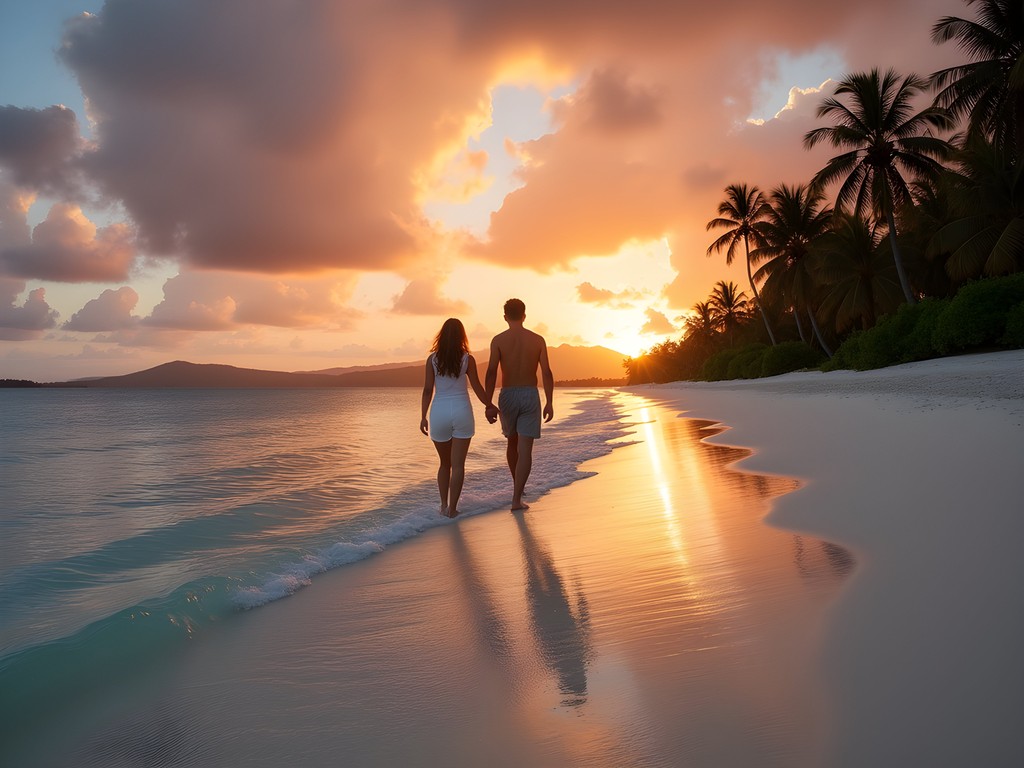
💡 Pro Tips
- Visit Champagne Beach on weekdays to avoid cruise ship crowds
- Bring cash for the small entrance fee collected by local landowners
- Pack a full day's supplies as there are limited food options nearby
Cultural Dividends: Connecting with Ni-Vanuatu Traditions
Beyond beaches and wrecks, Luganville offers rich cultural experiences that provide context for both its present and past. As someone fascinated by the intersection of tradition and modernity, I found the cultural aspects of our trip particularly rewarding.
A visit to a nearby kastom village arranged through our accommodation offered insights into traditional Vanuatu life. What impressed me most was not the performances aimed at tourists, but the authentic glimpses of how traditional practices continue to inform contemporary island life. Our guide, Joseph, explained how the village operates on a dual governance system—respecting both elected officials and traditional chiefs, each with distinct but complementary authorities.
The textile traditions particularly caught my attention. Having developed an eye for craftsmanship through my fashion interests, I was drawn to the intricate pandanus mats and baskets woven by village women. These pieces represent both functional items and symbols of wealth in traditional ceremonies. I purchased several directly from their makers, appreciating how the transaction supported local artisans while providing me with authentic souvenirs.
For couples seeking meaningful experiences beyond relaxation, I recommend the Saturday market in Luganville town. Here, producers from surrounding islands bring their specialties—from vanilla beans to handcrafted jewelry. We spent a fascinating morning sampling local foods and practicing our rudimentary Bislama (the local pidgin language) with vendors who appreciated our attempts, however clumsy.
One evening, we attended a traditional water music performance, where women standing waist-deep in water create complex rhythms by slapping and cupping the surface. The hypnotic sounds, coupled with the sunset backdrop, created one of those travel moments that remain imprinted in memory long after return tickets have been used.
For our final night, we splurged on dinner at Deco Stop Lodge, where the binoculars I'd packed allowed us to spot distant islands while enjoying fresh-caught fish and local produce. These compact yet powerful binoculars have become essential in my travel kit, particularly in destinations with expansive views.
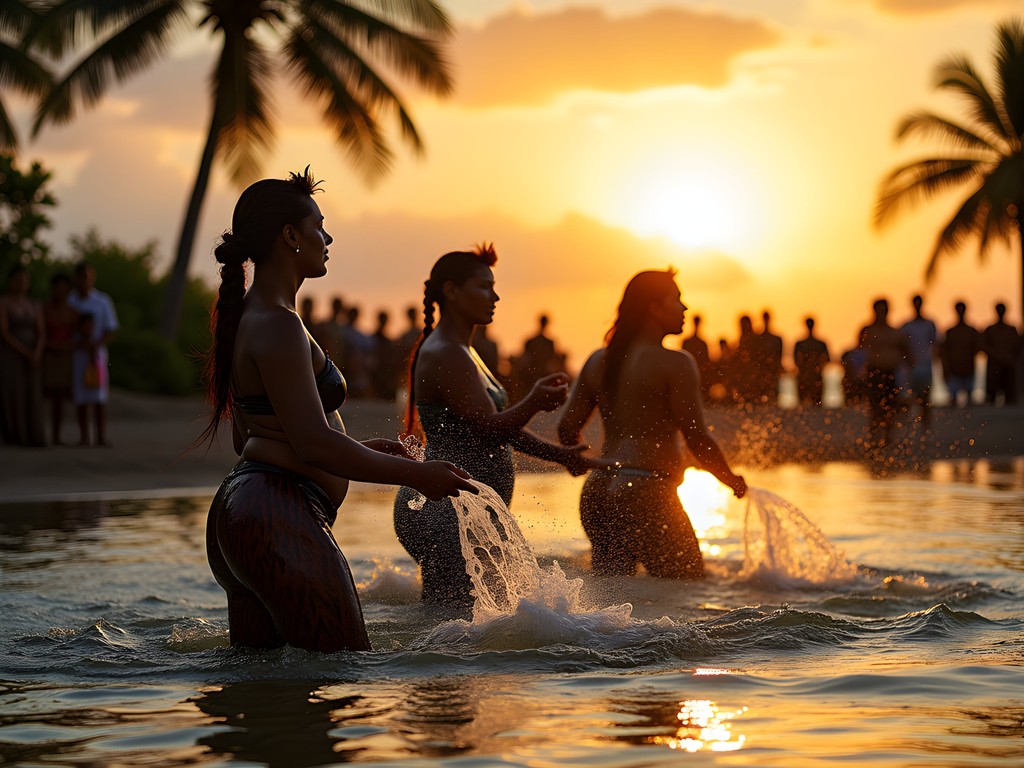
💡 Pro Tips
- Learn basic Bislama phrases—locals genuinely appreciate the effort
- Ask permission before photographing people or cultural ceremonies
- Support the local economy by purchasing handicrafts directly from artisans rather than souvenir shops
Final Thoughts
Luganville offers a rare investment opportunity for travelers—one where historical depth compounds with natural beauty to yield exceptional returns in experience. Like any worthwhile portfolio, its diversity is its strength: world-class diving, pristine beaches, and authentic cultural encounters balance each other perfectly. For couples seeking both connection and discovery, this corner of Vanuatu delivers dividends that appreciate rather than diminish with reflection. As I returned to Sydney's corporate landscape, I found myself drawing unexpected parallels between Luganville's transformation from military base to paradise and my own journey from investment banking to a life more aligned with personal values. Sometimes the most valuable assets aren't those that appear on traditional balance sheets but rather those that enrich our understanding of both history and ourselves. When will you make your own deposit into this remarkable destination?
✨ Key Takeaways
- Luganville offers a perfect balance of historical significance and natural beauty ideal for couples
- Plan for at least 3-4 diving days to properly experience the Coolidge and other underwater sites
- The region's beaches provide excellent relaxation counterpoints to historical exploration
- Cultural experiences offer context that enhances appreciation of both the wartime sites and natural attractions
📋 Practical Information
Best Time to Visit
May to October (dry season)
Budget Estimate
$150-250 USD per day per couple (mid-range)
Recommended Duration
7-10 days
Difficulty Level
Moderate



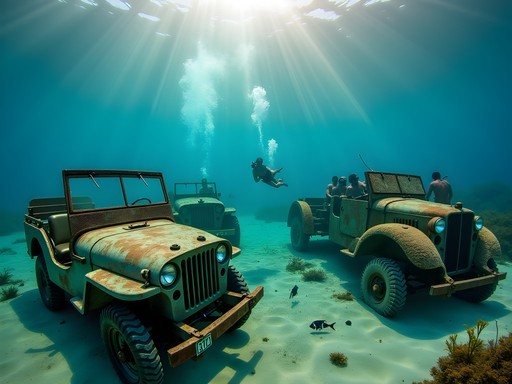
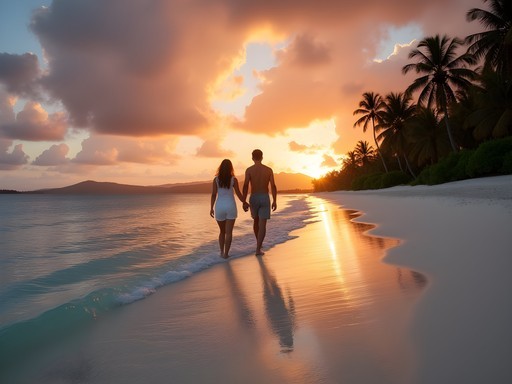
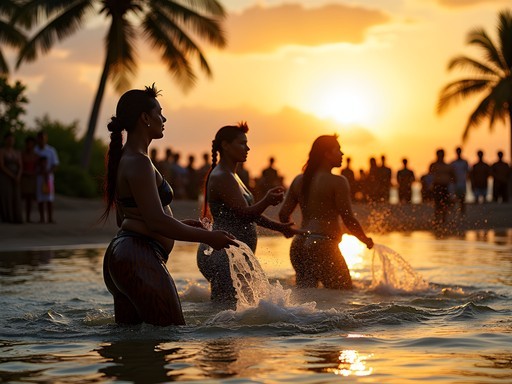





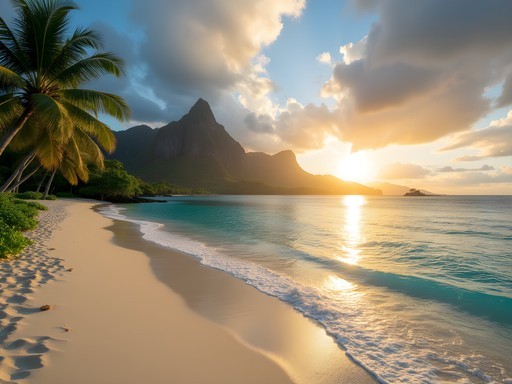
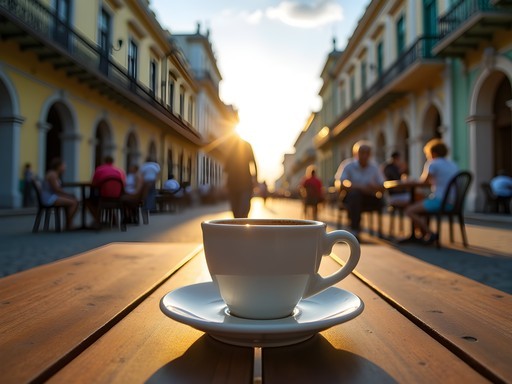
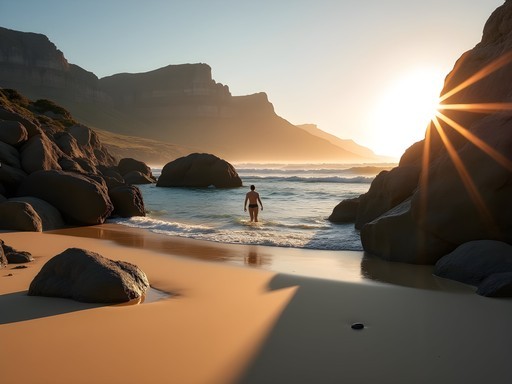
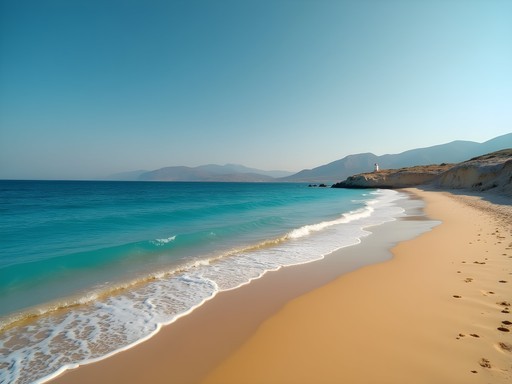
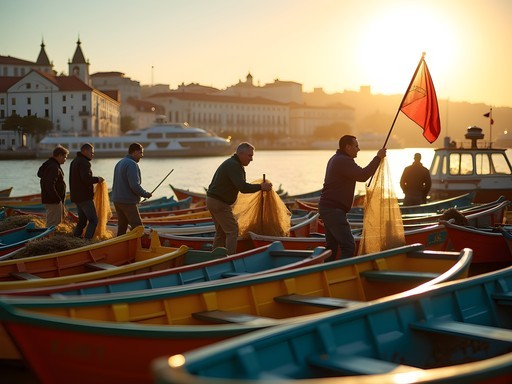
Comments
George Hayes
Alan, fantastic post that captures the unique dual nature of Luganville perfectly. We took our kids (9 and 12) there last month, and it was surprisingly family-friendly. While my wife and I took turns diving the Coolidge (agree it's world-class), the kids were fascinated by the more accessible parts of Million Dollar Point where they could snorkel and see history underwater. We stayed at a small family-run resort about 15 minutes from town that arranged transportation to Champagne Beach. Pro tip for families: the locals at Lonnoc Beach taught our kids traditional fishing methods and let them help prepare a beach BBQ. That hands-on cultural experience was their highlight! One caution - the roads outside town can be rough, so if you're self-driving, consider a 4WD. Looking forward to your next adventure!
sunnychamp
Which resort did you stay at? Planning a trip with my kids too!
George Hayes
We stayed at Turtle Bay Lodge - basic but clean rooms and the staff treated our kids like family. They have kayaks you can use for free too!
Marco Flores
Your post brought back so many memories! I was diving the Coolidge when a storm rolled in unexpectedly. We surfaced to find the sea had transformed completely - dark skies, choppy waters. Our dive master, an older ni-Vanuatu man named Joseph, simply smiled and said, "The spirits of the ship are restless today." That night at the local nakamal, he told us stories passed down about American soldiers seen walking the shores after dark. Whether you believe in ghosts or not, there's something about Luganville that stays with you long after you've left. The perfect blend of adventure and mystique. For those planning to visit - spend time with the locals. Their connection to this place and its history adds a dimension no guidebook can capture.
luckystar
Whoa, that's both creepy and fascinating! Did you actually see anything unusual while you were there?
Marco Flores
Nothing I could definitively call supernatural, but there was one night walking back to my bungalow when I distinctly heard what sounded like old-timey music playing faintly in the distance. Never found the source! 🤷♂️
coolperson
How did you get from the airport to your accommodation? Is there reliable public transport or should I arrange a transfer?
tripclimber
Not the author but when I went, most accommodations offered airport pickups. There are also taxis but they can be pricey. If you're staying in town, it's not too far from the airport.
Alan Knight
Tripclimber is right - I pre-arranged a pickup with my guesthouse. If you're heading to accommodations near Champagne Beach, definitely arrange transport as it's about 45 mins from town.
Megan Martin
Excellent write-up, Alan! I was in Luganville last month researching for a business travel piece on emerging destinations in the South Pacific. The historical significance of the area really can't be overstated. For anyone planning a visit, I'd recommend allocating at least a day to explore the local markets in Luganville town itself. The handicrafts are exceptional quality and directly support local families. Also worth noting - the telecommunications infrastructure has improved dramatically in the last year, making it much more feasible for those needing to stay connected. I used my underwater camera for the Coolidge dive and the images came out crystal clear even at depth.
redtime
Just got back from Luganville and LOVED IT!!! If you're diving the Coolidge, ask for Jimmy at Aquamarine - best guide ever! He knows all the secret spots and tells amazing stories about the ship's history. Also don't miss the local market on Saturday mornings - incredible fresh fruit and you can try lap-lap (traditional dish). The beaches are even better in person than these photos show!!!
triphero2993
Those beach pics are giving me life!!! 🏝️ Need this vacation ASAP!
happyvibes
I visited Luganville in 2023 and completely agree about the contrast between relaxed island vibes and the historical weight of the place. Champagne Beach was absolutely worth the trip - we went early morning (around 7am) and had it almost to ourselves for a couple hours. The bubbling sand phenomenon is real and so unique! Did you get a chance to visit any of the blue holes while you were there?
Alan Knight
Yes! I made it to Matevulu Blue Hole - absolutely magical. The clarity of that water is something else. Early morning at Champagne Beach is definitely the move!
tripclimber
I did the Coolidge dive last year and it was MIND-BLOWING! The Lady and the unicorn mosaic was surreal. Pro tip: spend at least 3-4 days in Luganville if you want to properly explore the wreck. Each dive reveals something new!
islandking
Great post! How difficult would you say the Coolidge dive is for someone with intermediate skills? I've got about 25 dives under my belt.
Alan Knight
Thanks for asking! With 25 dives, you should be fine for the outer sections of the Coolidge. Some areas require advanced certification due to depth, but there are plenty of accessible parts at 18-30m. Just make sure to go with a good local guide who knows the wreck well!
islandking
That's great to hear! I'll definitely look into the local dive shops you mentioned. Can't wait!
luckystar
WOW! Those underwater photos of the Coolidge wreck are absolutely stunning! Adding Luganville to my bucket list right now!
Venture X
Premium card with 2X miles, $300 travel credit, Priority Pass